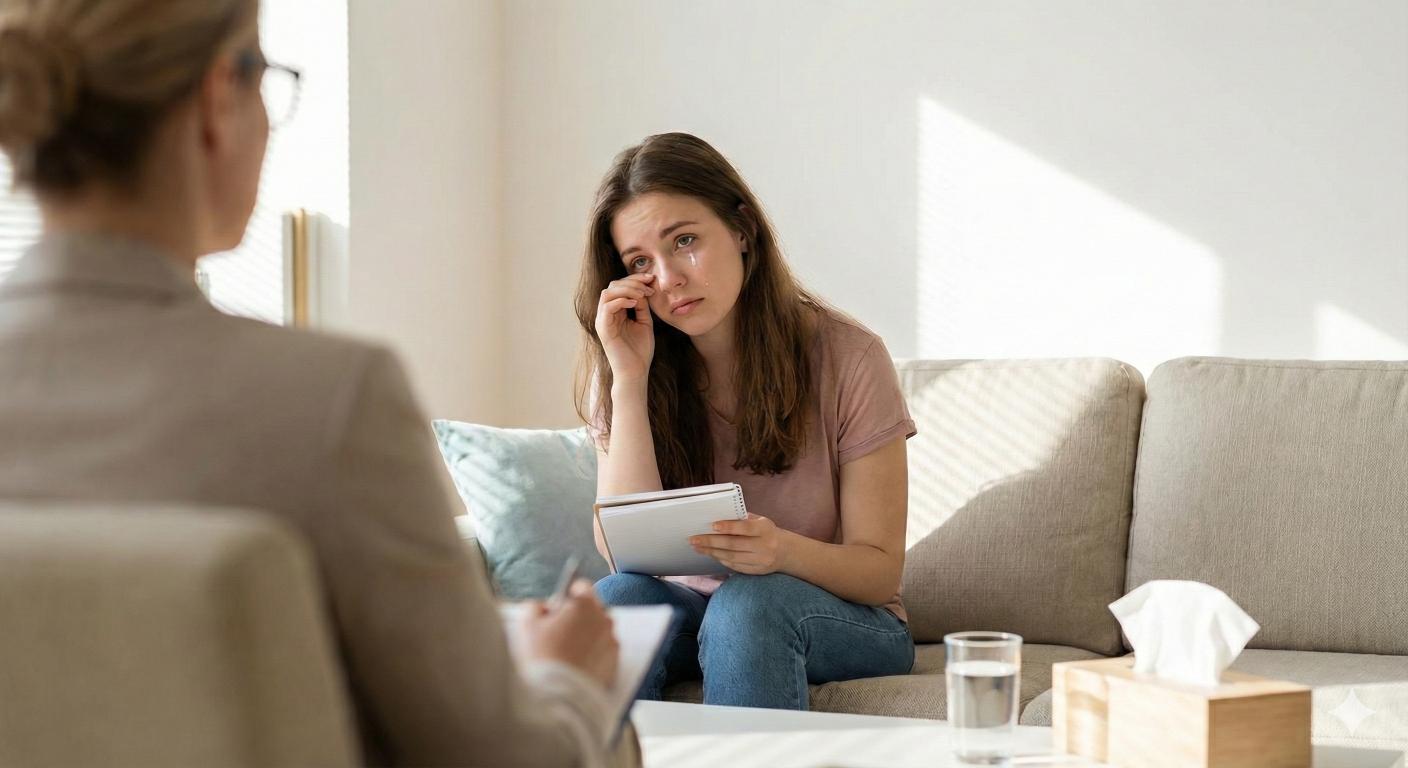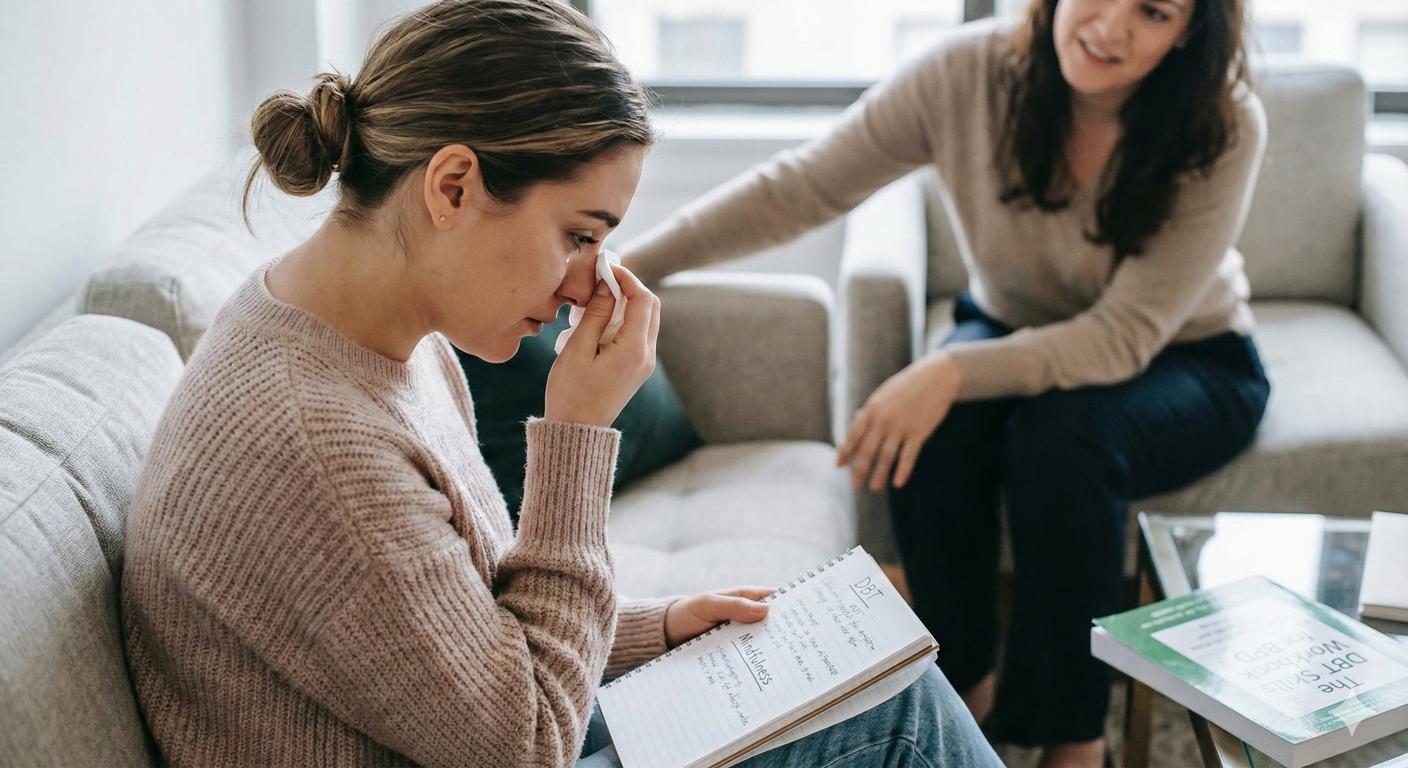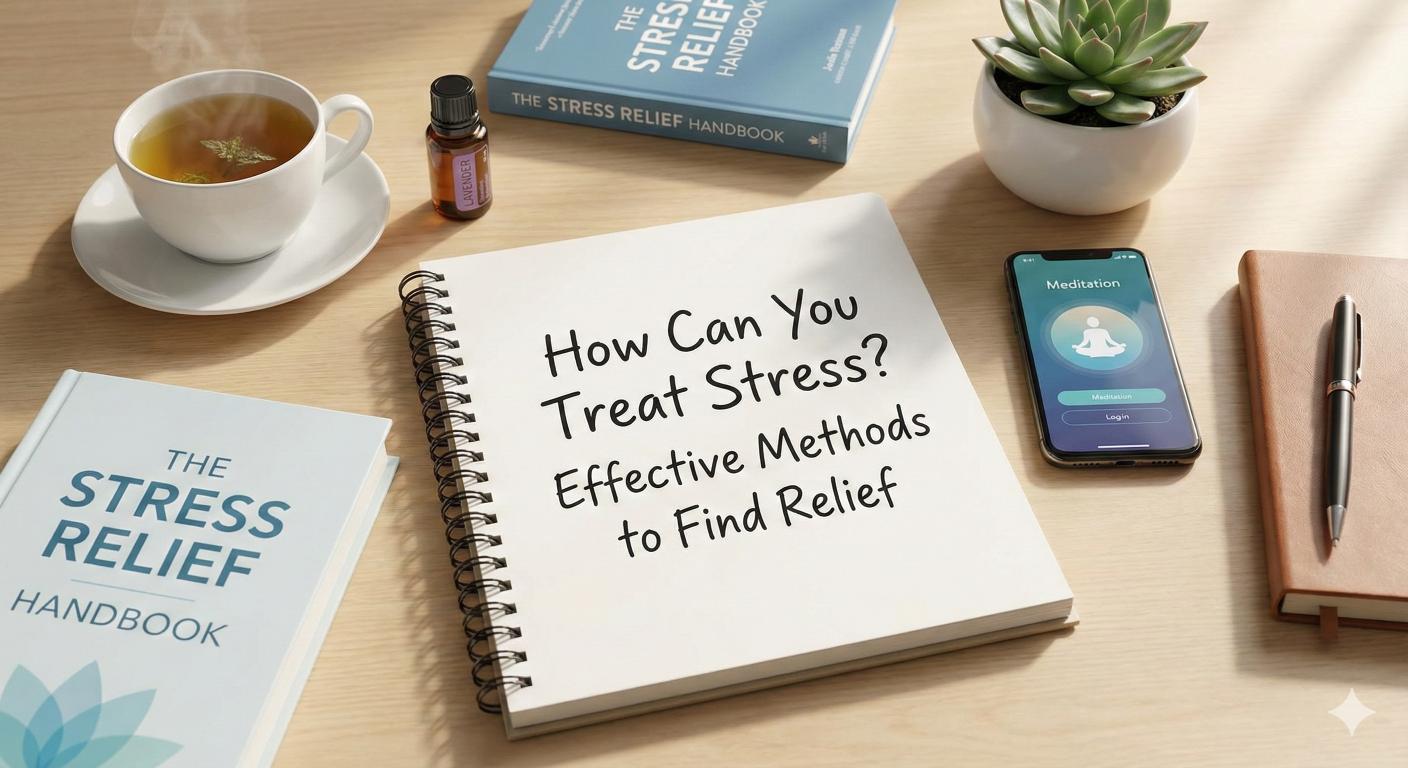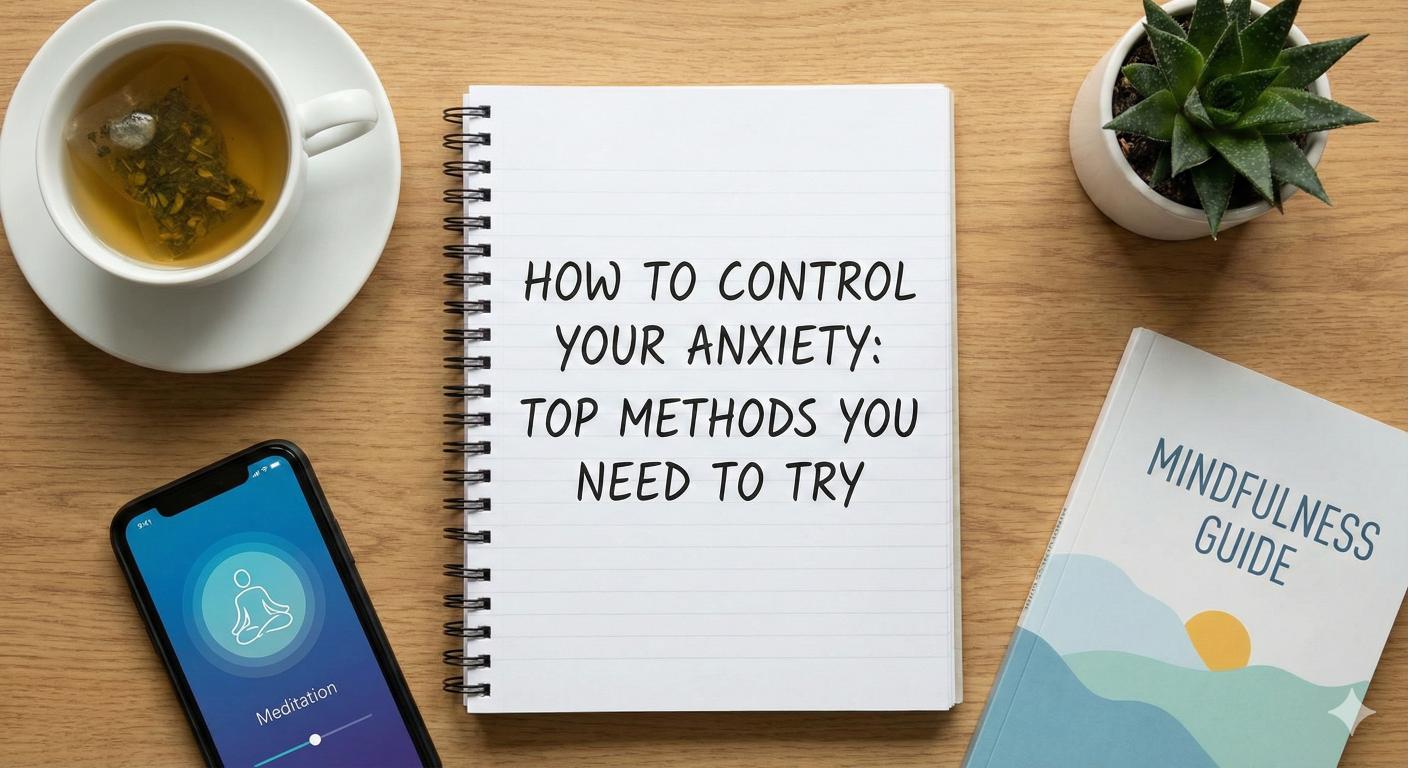Specific Phobias: Strategies for Conquering Deep-Seated Fears
Explore specific phobias: understanding and overcoming fears with effective strategies and treatment options.

Understanding Specific Phobias

Definition of Phobias
Specific phobia is classified as an anxiety disorder characterized by an excessive and irrational fear of a particular object, situation, or activity. This overwhelming fear can lead to avoidance behaviors, where individuals will go to great lengths to avoid the phobic stimulus. The intensity of this fear is often disproportionate to the actual danger posed by the specific object or situation NCBI Bookshelf.
Prevalence of Specific Phobias
Specific phobias are quite common, with a lifetime 12-month prevalence estimate ranging from 7.7% to 12.5%. These phobias predominantly affect individuals between the ages of 20 and 50 years. Studies show that these disorders tend to be more prevalent in females compared to males, and prevalence rates decrease with age NCBI Bookshelf.
Additionally, about 12.5% of U.S. adults will experience a phobia at some point in their lives, making them the most common anxiety disorder. Individuals with phobias often have an immediate and intense fear response that can manifest through various symptoms such as increased heart rate, tense muscles, and fast shallow breathing. Many people also experience panic attacks when confronted with their specific phobia McLean Hospital.
Age GroupPrevalence of Specific Phobias (%)20-30 years10.931-40 years9.441-50 years8.3
Understanding the nature and prevalence of specific phobias is crucial for recognizing and addressing these anxiety disorders. For more information on various anxiety disorders, visit our page on types of anxiety disorders explained.

Causes of Specific Phobias
Understanding the origins of specific phobias sheds light on why certain fears develop in individuals. The causes can be broadly categorized into learned history and past experiences, as well as biological factors.
Learned History and Past Experiences
The development of specific phobias often stems from a learned history involving past experiences. These experiences can be traumatic or negative encounters with a particular object or situation. For example, a person who had a frightening experience with a dog in childhood may develop a fear of dogs later in life. This learned association can instill deep-seated fears even when the original threat is no longer present.
Although learned experiences are significant contributors to the formation of specific phobias, they are not the only elements at play. Environmental factors such as family dynamics, modeling behaviors, and social influences can also shape an individual's fears.
Biological Factors in Phobias
Biological factors play a crucial role in the etiology of specific phobias. Genetic susceptibilities can lead to differences in brain activity and physiological responses when encountering a feared stimulus. Common biological responses include the release of cortisol, insulin, and growth hormones, which can trigger increases in blood pressure and heart rate [1].
Research incorporating twin studies has shown a genetic component associated with the development of anxiety disorders, including specific phobias. Children of parents with anxiety disorders may be at higher risk of developing similar issues. Additionally, parenting behaviors and familial influences contribute significantly to childhood anxiety development.
Understanding these contributing factors is essential for recognizing and addressing specific phobias. More information about the summary of anxiety disorders can be found in our article on types of anxiety disorders explained.

Treatment Options for Specific Phobias
Treating specific phobias effectively involves various therapeutic approaches and, in some cases, medication. Understanding these options can help individuals choose the best route toward overcoming their fears.
Cognitive Behavioral Therapy (CBT)
Cognitive Behavioral Therapy (CBT) has proven to be a highly effective method for treating specific phobias. This therapy focuses on changing negative thought patterns and behaviors associated with fear through techniques such as exposure therapy, also known as desensitization. During exposure therapy, individuals are gradually exposed to the feared object or situation in a controlled environment, which helps reduce anxiety levels over time.
Key Elements of CBT:
Medication for Phobias
In some cases, medication may be prescribed alongside therapy to help manage the symptoms of specific phobias. This option is generally considered for individuals with severe anxiety that interferes with their daily activities.
Types of Medication:
Medication TypeCommon UsesSelective Serotonin Reuptake Inhibitors (SSRIs)Often prescribed for general anxiety and phobias, SSRIs help to increase serotonin levels in the brain, which can improve mood and anxiety symptoms.BenzodiazepinesThese medications are used for short-term relief of severe anxiety symptoms. They work quickly but are generally not recommended for long-term use due to the risk of dependency.
The combination of CBT and medication can provide a multifaceted approach to treating specific phobias, allowing individuals to undertake a comprehensive plan to address their fears. For further information about different anxiety disorders, you can explore our articles on types of anxiety disorders explained and generalized anxiety disorder (GAD): symptoms and treatment.
Medication for Phobias
When managing specific phobias, medication can play an essential role alongside therapy. Two common categories of medication include Selective Serotonin Reuptake Inhibitors (SSRIs) and benzodiazepines, each with its own uses and benefits.
Selective Serotonin Reuptake Inhibitors (SSRIs)
SSRIs are a class of antidepressants frequently prescribed to help alleviate anxiety symptoms in individuals with social phobia or panic disorder. They work by increasing levels of serotonin, a neurotransmitter that helps regulate mood and anxiety.
Common SSRIs used for treating phobias include:
Medication NameBrand NameFluoxetineProzacSertralineZoloftParoxetinePaxilEscitalopramLexapro
Research indicates that SSRIs not only help reduce anxiety levels, but they also aid in improving overall mood, making them a suitable option for many experiencing phobias [3].
Benzodiazepines for Severe Anxiety
Benzodiazepines are medications that may be utilized for severe anxiety associated with phobias. Examples include diazepam (Valium) and lorazepam (Ativan). These medications have a calming effect that can provide immediate relief from anxiety symptoms.
Medication NameCommon UseDiazepamGeneral anxietyLorazepamPanic attacksClonazepamAnxiety disorders
While benzodiazepines can be effective for short-term relief, they are typically prescribed at the lowest possible doses. It is crucial to use these medications cautiously, as they can lead to dependence and withdrawal symptoms; hence, they should be discontinued gradually under medical supervision [3].
By considering medication options in conjunction with therapeutic strategies, individuals with specific phobias can find a comprehensive approach to managing their fears. For a broader understanding of anxiety disorders, refer to our articles on types of anxiety disorders explained and generalized anxiety disorder (GAD): symptoms and treatment.
Overcoming Specific Phobias
Overcoming specific phobias often requires a combination of therapies tailored to the individual's needs. Key strategies include exposure therapy and professional help, which can significantly reduce fear reactions.
Exposure Therapy and Desensitization
Exposure therapy is a powerful treatment option for specific phobias. This method, often part of Cognitive Behavioral Therapy (CBT), involves gradual exposure to the feared object or situation. Patients are initially introduced to less threatening aspects of their fear and progressively face more challenging scenarios. This process is known as desensitization, as it helps individuals feel less anxious over time.
Exposure therapy can be implemented in various ways:
Mary is a person who has a fear of flying. Through exposure therapy, she begins by imagining herself at an airport, then watching videos of flights, and eventually takes short flights. This gradual increase in exposure helps decrease her anxiety during actual flights.
Research shows that exposure therapy is one of the most effective treatments for phobias [2].
Professional Help and Therapy Options
Seeking professional help is a vital step for many individuals facing specific phobias. Therapists and psychologists trained in anxiety disorders utilize a variety of therapy options, including:
If she struggles with extensive fear of social situations, a therapist may suggest a combination of CBT and group therapy to help address feelings of isolation and anxiety.
Individuals facing specific phobias can considerably benefit from these professional strategies, making meaningful progress in overcoming their fears. For further insights into different types of anxiety disorders, visit our article on types of anxiety disorders explained.
Impact of Specific Phobias
Specific phobias can significantly affect an individual's daily life. The distress experienced can lead to complications, influencing both mental health and overall quality of life.
Distress and Complications
Individuals with specific phobias encounter intense and irrational fear when confronted with a particular object or situation. This fear can result in immediate, physical reactions such as increased heart rate, tensed muscles, and rapid, shallow breathing. These symptoms can escalate into panic attacks, which are common among those suffering from phobias [4].
The prevalence of phobias is notable, with about 12.5% of U.S. adults experiencing a phobia at some point in their lives, making it the most common anxiety disorder. The distress caused by specific phobias can lead to avoidance behaviors, where individuals go to great lengths to steer clear of their fears. Such avoidance can disrupt daily activities and negatively influence relationships and work life.
Symptoms of Distress in Specific PhobiasDescriptionIncreased Heart RateRapid heartbeat as a reaction to fearTensed MusclesPhysical stiffness often associated with anxietyFast Shallow BreathingBreathing difficulties triggered by panicPanic AttacksEpisodes of intense fear involving physical symptoms
Quality of Life and Coping Strategies
The impact of specific phobias can considerably diminish the quality of life. Individuals may limit their activities and avoid certain places, leading to reduced social interaction and missed opportunities [5]. This can create a cycle of avoidance that exacerbates the fear and anxiety, making recovery more challenging.
Coping strategies can be essential in managing the effects of specific phobias. Some effective strategies include:
In some cases, medication may also be recommended to alleviate severe anxiety symptoms associated with phobias. It is important for individuals experiencing significant distress to consult a mental health professional for tailored strategies and support in overcoming their fears.
For further insights into the various types of anxiety disorders, consider reviewing our article on types of anxiety disorders explained or learn more about generalized anxiety disorder (gad): symptoms and treatment.
References
[2]:
[3]:
[4]:
[5]:
More Resources
A team ready to start your journey.
Get in touch — today.
We are a safe space – a haven for exceptional individuals to receive discreet, personalized, in-person treatment and care.
.avif)










